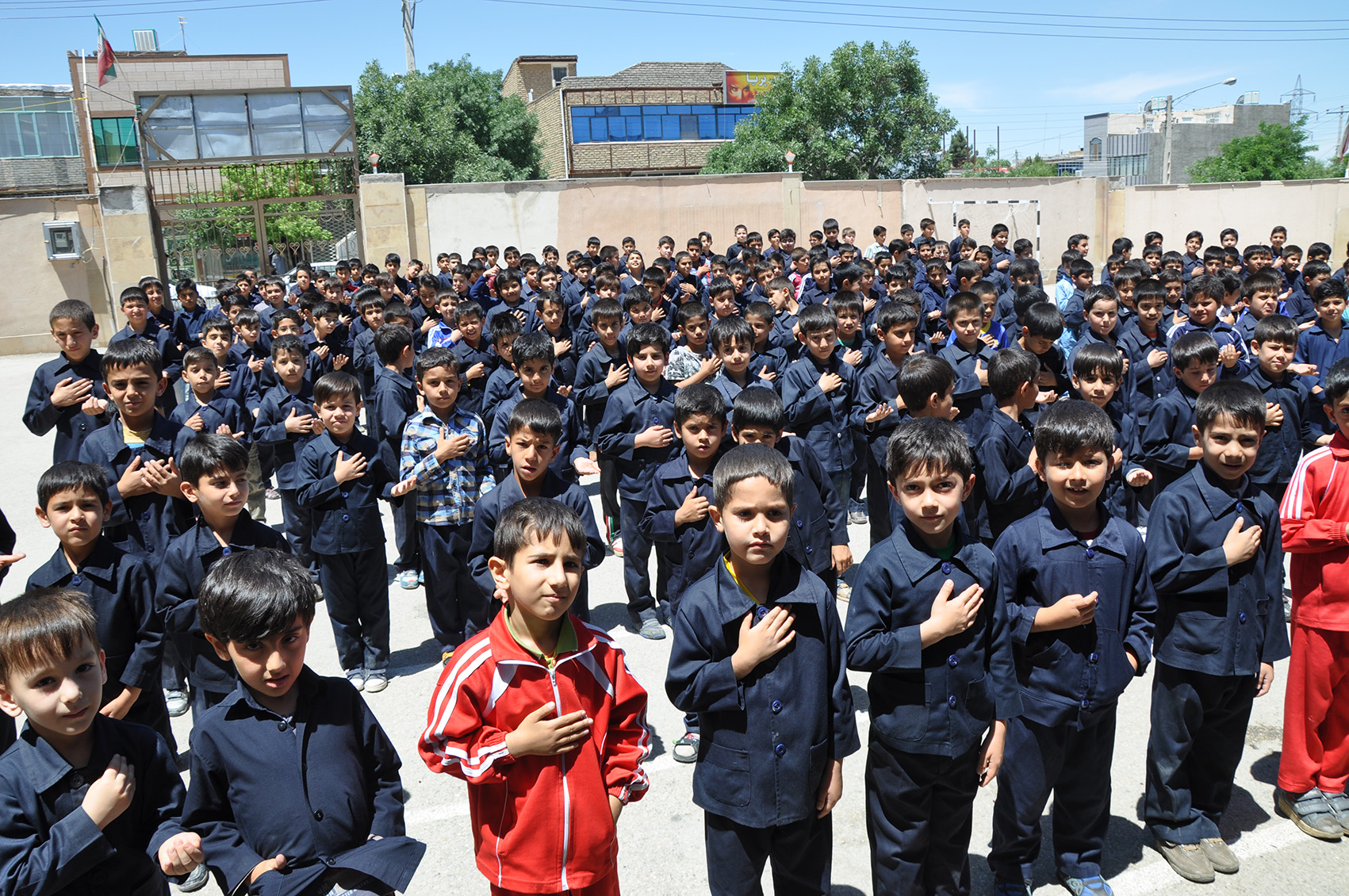More than 115,000 elementary or middle school (grades 7, 8, 9) and 200,000 high school (grades 10, 11, 12) students are not on the school rosters in the new academic year that started on September 24, according to Ali Zarafshan, deputy minister for high school education.
“It is unfortunate that this year, a total of 315,000 elementary and high school students across the country are out of school and admissions are closed,” he said.
While education coverage has increased to 94% for elementary students, however, “we still have to ponder why the remaining 6% of the 7th, 8th, and 9th graders are not in school as well as 18% of students left out from the 10th, 11th, and 12th grades,” the Persian language newspaper ‘Shahrvand’ quoted him as saying.
Currently, there are 115,000 students aged 12-14 years in primary schools while students should, as a rule, pass grade 8 by the age of 14.
“So these students should be in elementary or high school at this age, but various reasons including poverty, family restrictions, and cultural barriers have delayed their education.”
Primary students account for 7.4 million, middle school students 3.1 million, high school 2.2 million, and exceptional students 70,000, in the entire school system (not including 360,000 Afghan students), the official said.
In the previous academic year, 180,000 were out of high schools and 40,000 did not enter the 7th grade or first year of middle school.
Earlier, Javad Salehi Esfehani, an Iranian university professor in Virginia Polytechnic University and an economist, told the Persian-language newspaper ‘Donya-e- Eqtesad’ that the rate of enrollment in primary and elementary levels (basic education) “is acceptable and comparable with the rates in developed countries; however enrollment rate at the high school level is unsatisfactory.”
According to a recent survey by the Statistical Center of Iran, 94.7% of all rural boys aged 7-10 attend schools. The coverage rate is 86.6% at the age of 11-14; but the rate falls steeply to 56.5% for 15-17-year-old rural boys. Education in Iran is compulsory till grade 8.
Esfehani believes that increasing the number of quality vocational programs and schools can help address the problem, as many students from low-income families usually have no plan to enter universities after high school. “The main function of high schools is to prepare students for universities.”
Dropouts Return
According to figures released recently by the Education Ministry, this year primary education coverage has reached 98.5%.
Over 70,000 students (mostly primary students) deprived of education returned to school after the present government took over in August 2013, said Deputy Education Minister Mohammad Deymevar.
“A total of 76,449 students in various grades have resumed their education, among whom, nearly 34,000 are girls.”
Extending the national education system through enhancing both quality and quantity of educational facilities was the key measure in bringing the students back to school. Educating parents of primary school children in rural areas, and preparing a database of the core reasons for students dropping out of school followed by effective remedial action, were among the other steps taken.
The share of Sistan-Baluchestan Province, one of the most backward in the country, in the number of dropouts at primary school level is 20% and the main reason is the high rate of illiteracy among parents.


